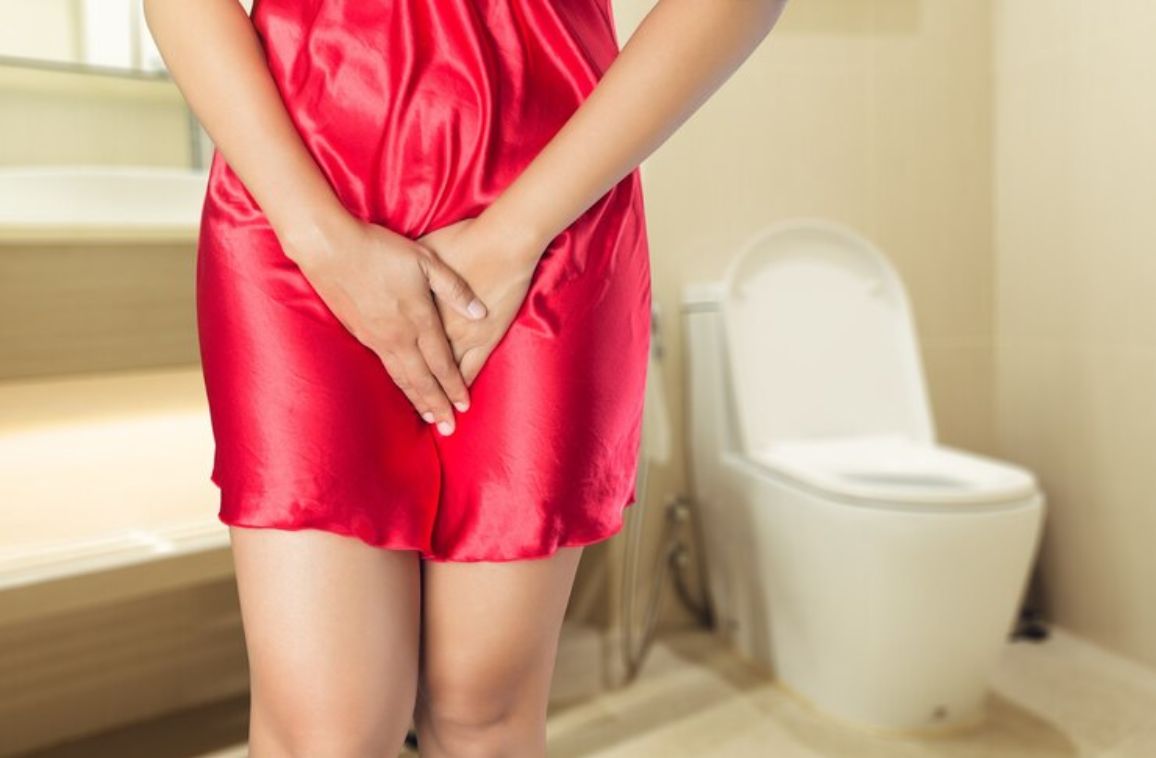
Gonorrhea in Women Key Symptoms and When to Seek Help
- Blog
- November 23, 2024
- 6:17 am
- teamfmim
Gonorrhea in women is a sexually transmitted infection caused by the bacterium Neisseria gonorrhea. While both men and also women can be infected, the symptoms of gonorrhea in women are often more subtle. It is indeed important for women to be aware of these symptoms in order to seek timely medical attention and also prevent further complications.
A symptom of gonorrhea in women is swelling as well as itching in the genital area. This is accompanied by a discharge that may be thick, yellowish, or even greenish in color. The discharge can have an unpleasant odor and can indeed cause discomfort and also irritation.
In addition to the physical symptoms, women with gonorrhea can also experience fever along with fatigue. The infection leads to a general feeling of malaise and makes everyday activities more difficult. It is important to rest and care for oneself when experiencing these symptoms.
Another common sign of gonorrhea in women is indeed painful urination. This can rather be accompanied by a burning sensation or a frequent need to urinate. Women with gonorrhea can also experience pelvic pain or perhaps discomfort, especially so during sexual intercourse or bowel movements.
When to see help?
In a few cases, gonorrhea can also cause abnormal bleeding, like bleeding between periods or after sexual intercourse. If experiencing any of these symptoms, seeking medical attention as soon as possible is important. Gonorrhea can be easily treated with antibiotics, but early detection as well as treatment are essential to prevent complications and further spread of the infection.
A common symptom of gonorrhea in women is fatigue, caused by perhaps the body’s immune response to the infection. Women can also feel painful urination and a frequent need to urinate, which can be accompanied by no doubt a burning sensation.
Fever and itching in the vaginal area are a few other symptoms of gonorrhea. Few women do notice an unusual discharge from the vagina, which is yellowish or perhaps greenish and has a strong odor.
In a few cases, gonorrhea causes swelling and inflammation of the genital area, causing pain and also discomfort. If left untreated, the infection can indeed spread to other parts of the reproductive system and also cause complications like pelvic inflammatory disease.
Incidence of Gonorrhea in Women
Women are more likely to experience certain symptoms because of the anatomy of their reproductive system.
A common sign of gonorrhea in women is itching in the genital area. This itching can be accompanied by redness and swelling. Women with gonorrhea do often experience abnormal vaginal discharge, which can be indeed yellowish or greenish with a strong odor.
Other symptoms of gonorrhea in women are fever and lower abdominal pain. In rare cases, gonorrhea can cause bleeding between periods or even after intercourse.
Importance of Early Detection and Treatment
It is important for women to indeed be aware of the symptoms of gonorrhea and also seek medical attention if they suspect they have been infected. Gonorrhea can lead to serious complications if left untreated, like pelvic inflammatory disease, infertility, and also ectopic pregnancy.
Treatment of gonorrhea in women
If suspecting gonorrhea, it is important to seek a healthcare provider for diagnosis and also treatment. Gonorrhea can usually be easily treated with antibiotics, but early detection is required to prevent further complications.

Transmission of Gonorrhea in Women
Gonorrhea is no doubt a very contagious sexually transmitted infection (STI). It can be transmitted via sexual intercourse with an infected partner, including vaginal, anal, or oral sex.
A common way that gonorrhea is transmitted in women is via vaginal intercourse.
Gonorrhea can also spread from an infected mother to her newborn during childbirth. This is referred to as vertical transmission. The bacteria can no doubt enter the baby’s eyes, thus causing a serious eye infection known as ophthalmia neonatorum.
Conclusion
To prevent gonorrhea in women, it is better to practice safe sex.
Recent Blog Posts
-
 STD Symptoms in Men: Early Signs and When to Get Tested
STD Symptoms in Men: Early Signs and When to Get Tested -
 STD Symptoms in Women: Early Signs and When to Get Tested
STD Symptoms in Women: Early Signs and When to Get Tested -
 What is the right male fertility age? Facts Every Man Needs to Know
What is the right male fertility age? Facts Every Man Needs to Know -
 Sexual Health Tips for Men: How to Maintain Optimal Health
Sexual Health Tips for Men: How to Maintain Optimal Health -
 Planning for a baby? Get These Fertility Tests for Men
Planning for a baby? Get These Fertility Tests for Men -
 Penile Implants, Erectile Dysfunction, Best Option for Oneself
Penile Implants, Erectile Dysfunction, Best Option for Oneself -
 How Common are Varicocele Causes in Men? Find Out
How Common are Varicocele Causes in Men? Find Out -
 Blood in Sperm: Reasons and When to Seek Help
Blood in Sperm: Reasons and When to Seek Help -
 Sexually Transmitted Disease symptoms in women
Sexually Transmitted Disease symptoms in women









